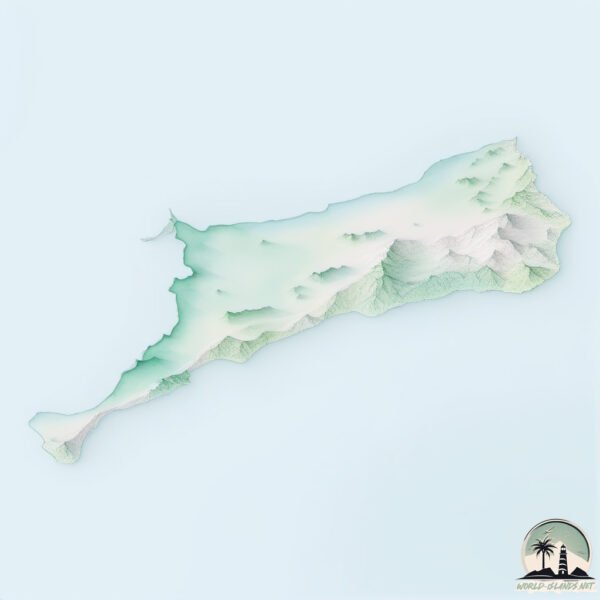Welcome to Karaginsky , a Continental island in the Bering Sea, part of the majestic Pacific Ocean. This guide offers a comprehensive overview of what makes Karaginsky unique – from its geography and climate to its population, infrastructure, and beyond. Dive into the details:
Geography and size of Karaginsky
Size: 1926 km²Coastline: 418 kmOcean: Pacific OceanSea: Bering SeaContinent: Asia
Karaginsky is a Very Large Island spanning 1926 km² with a coastline of 418 km.
Archipel: –
Tectonic Plate: Okhotsk – Located in the northwest Pacific Ocean, the Okhotsk Plate encompasses the Sea of Okhotsk, the Kamchatka Peninsula, and parts of Japan. It’s involved in complex interactions with the Pacific and North American plates, contributing to seismic activity in the region.
The geographic heart of the island is pinpointed at these coordinates:
Climate and weather of Karaginsky
Climate Zone: ContinentalClimate Details: Subarctic ClimateTemperature: Cold Summer
Climate Characteristics: Characterized by long, extremely cold winters and short, cool summers, often found in northern latitudes of North America and Eurasia.
Topography and nature of Karaginsky
Timezone: UTC+12:00Timezone places: Asia/KamchatkaMax. Elevation: 775 m Mean Elevation: 163 mVegetation: Herbaceous CoverTree Coverage: 24%
The mean elevation is 163 m. The highest elevation on the island reaches approximately 775 meters above sea level. The island is characterized by Plateau: Elevated flatlands rising sharply above the surrounding area, with a maximum elevation over 500 meters but a mean elevation less than 300 meters, forming unique highland areas on islands.
Dominating Vegetation: Herbaceous Cover
Vegetation: 9 vegetation zones – Very Highly Diverse Island
Infrastructure and Travelling to Karaginsky
Does the island have a public airport? no .
Does the island have a major port? no .
The mean population of Karaginsky is 0 per km². Karaginsky is Uninhabited. The island belongs to Russia .
The name of the island resonates across different cultures and languages. Here is how it is known around the world: Arabic: جزيرة كاراجينسكي; German: Karaginski; Spanish: Isla Karaginsky; French: île Karaguinski; Portuguese: Ilha Karaginsky; Russian: Карагинский; Chinese: 卡拉金斯克島
Continuing your journey, Ostrov Tretiy is the next notable island, situated merely km away.
Karaginsky Island music by Sergey Orlov
Karaginsky Island music by Sergey Orlov
Karaginsky Island Russia
Karaginsky Island Russia Richard Strauss:Ein Heldenleben Op.40 1. Der ...
Карагинский остров Karaginsky Island Far East Russia
Fragile-Heavy Hitters (Antje)
Fragile-Heavy Hitters (Antje)
Russia is classified as Emerging region: BRIC: Brazil, Russia, India, and China – Economies noted for their rapid growth and increasing influence on global affairs. The level of income is Upper middle income.
News – Latest Updates and Headlines from Karaginsky
Stay informed with the most recent news and important headlines from Karaginsky. Here’s a roundup of the latest developments.
Loading...
Social Media Posts about Karaginsky
Loading...
Please note: The data used here has been primarily extracted from satellite readings. Deviations from exact values may occur, particularly regarding the height of elevations and population density. Land area and coastline measurements refer to average values at mean high tide.

